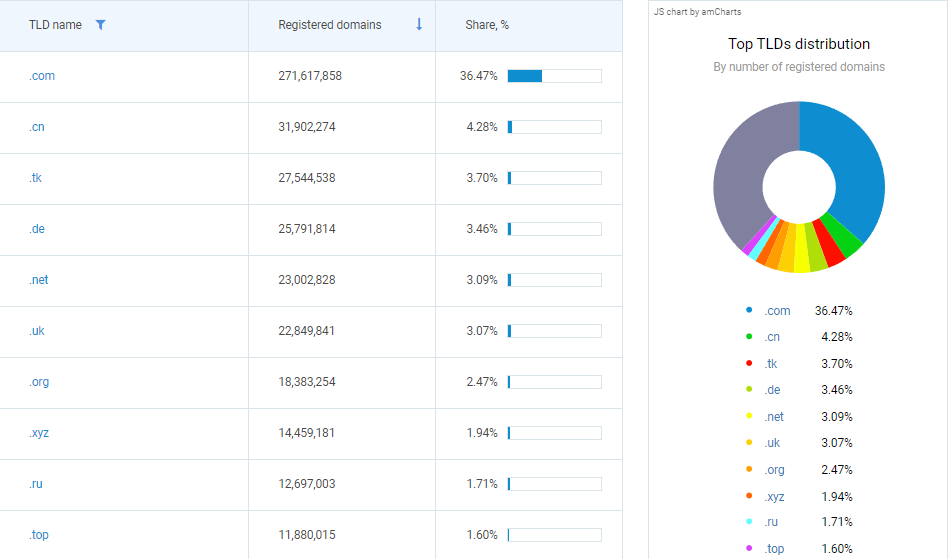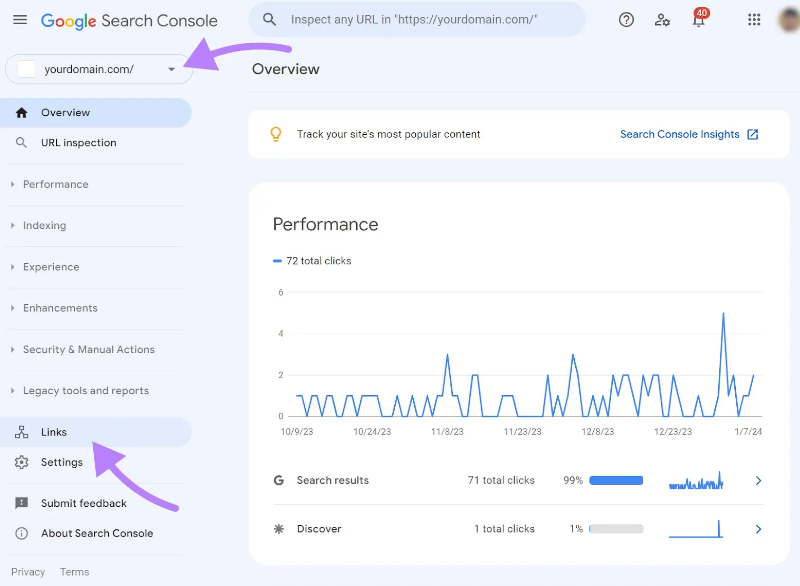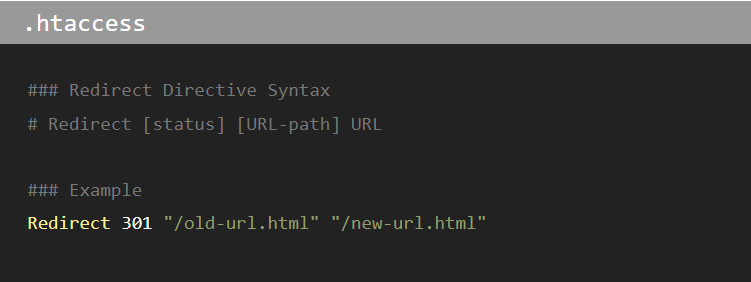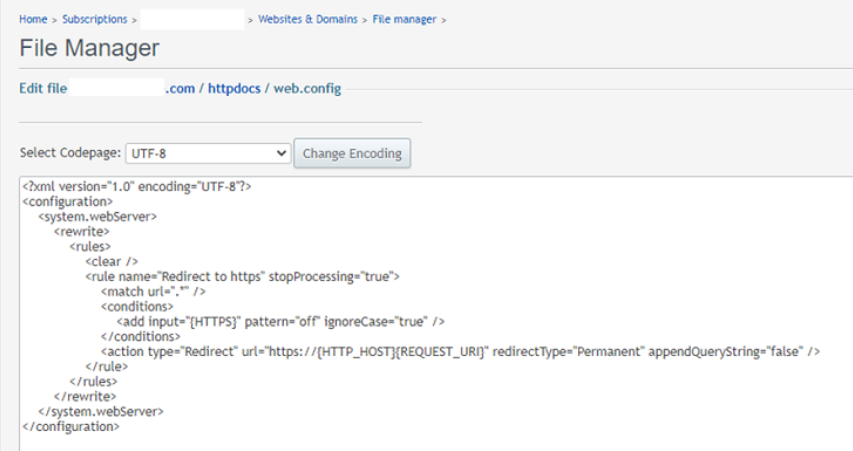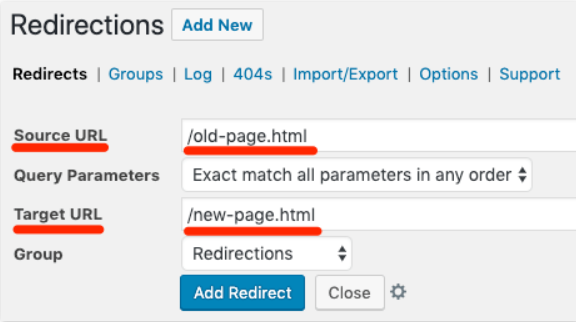
How To Change Domain Without Losing SEO and Traffic

A domain name is a part and parcel of your website that plays a significant role in Search Engine Optimization. Though not the only factor impacting search engine rankings, it greatly contributes to the effectiveness of overall SEO. Hence, if you plan domain name migration, you should be aware of the possible implications for your website’s performance.
To understand the domain name change SEO impact, consider this: Search engines view a domain name as your website’s integral attribute. So, in case of change, they need to know that your site has moved and recognize that the new domain is a diligent replacement for the old one. If this process is not handled correctly, you could lose valuable search engine rankings, resulting in a significant drop in organic traffic.
However, with careful organization and execution, you can minimize disruptions and maintain your site’s authority and visibility. Our guide will walk you through the essential steps to follow to change your domain without losing SEO and aggravating website performance.
Why Change Your Website Domain Name?
Before we answer the question of “How to change domain without losing SEO?” let’s first look into the main reasons for such change since it can impact your brand and overall online presence:
- Rebranding campaign: Due to business growth, merger or acquisition, or a change of a business name, your company’s domain might no longer accurately reflect its brand, mission, or offerings. A new domain name will better align with your current business state.
- Improving Marketability: If your domain name is too long or difficult to spell and pronounce, you might want to switch to a shorter and more memorable name to increase brand recognition.
- Embracing New Audience: If your business expands to new geographic areas or targets a new market niche, you may want your domain name to relevantly reflect this new focus to attract new audiences.
- Regulatory or Trademark Issues: Changing the domain name might be required by specific regulatory changes or to avoid legal disputes and potential financial losses related to trademark conflicts.
- Technical Reasons: Your current domain might expire due to ownership issues, or you might opt for a more widely accepted and trusted domain (for example, transitioning from .net to .com).
Does Changing Domain Name Affect SEO?
Though domain name is not a prime ranking factor per se, it still influences traffic and conversions as well as general website trust, credibility, authority, and relevance in the eyes of search engines and Google in particular. So, maintaining a strong domain is important, and changing the website name won’t go unnoticed for your online visibility.
The domain name change SEO affect might entail:
- Drop in Rankings: When you transition to a new domain, search engines need to re-index your website, which takes time. So, your search rankings can drop. Though this drop is temporary, it might cost you up to six months of downtime and tangibly impact your website reputation if not handled properly.
- Link Equity Deterioration: Unless you redirect links from your old domain to the new one, you risk losing their benefits, which can cause a decrease in search engine rankings.
- Crawl Errors: Search engines might struggle to crawl your website and encounter crawl errors, where they cannot access certain pages due to broken links or incorrect redirects. This, in turn, will slow down the indexing rate.
- Poor User Experience: Broken links and 404 errors will result in poor UX and negatively impact SEO. High bounce rates and low dwell time can signal to search engines that your site doesn’t deliver good UX.
This changing domain SEO impact occurs due to search engines re-evaluating your renamed website. When determining the site’s authority and relevance, they check the domain’s history. A new URL lacks the historical data of the old domain, prompting search engines to re-estimate the new domain from scratch.
How to Change Your Domain Name Safely for SEO?
Looking at the above effect of the domain change on SEO, you might feel reluctant to switch domains even if you need this. Yet, this potential influence is not inevitable. In fact, you can avoid those negativities, preserve your SEO achievements, and ensure a smooth transition by sticking to a meticulously developed plan. Below, we’ll outline step-by-step instructions that will help you neutralize the SEO impact of changing the domain name and minimize your downtime after that change.
Selecting a Strong Domain Name
A domain name matters in many aspects, including brand recognition, search engine rankings, and broader business practices. To ensure a hassle-free domain migration, you should pick a strong, SEO-friendly website name. It should:
- Accurately represent your brand and align with your website content;
- Be concise and simple yet memorable and catchy;
- Contain relevant keywords primary to your business;
- End up with the right extension, known as top-level extension or TLD. If possible, choose the .com extension distinguished by the higher trust and memorability;
Steer away from hyphens, as they are often associated with spammy websites, and try to avoid including numbers in your URL. Before finalizing your new domain name, conduct a trademark search to make sure the chosen name is available and doesn’t infringe on any existing trademarks.
Besides, it won’t hurt to check the name on social media to ensure availability across all SEO channels.
Transferring Your Backlinks
Backlinks pointing to your domain are a vital ranking factor and a key part of your domain authority (DA). If not properly managed, you can lose these valuable links, leading to a drop in DA. So, a safe change of domain for SEO implies exporting inbound links from other websites to your domain to retain referral traffic, link juice, and the overall value of your existing link profile.
To diligently export your quality references without missing out on anything, you should apply redirects. We’ll talk about how to set them up a bit later. For the start, though, you should pinpoint all the mentions leading to your URL. You can use a Google Search Console to locate and analyze your backlink data.
You can also use other SEO tools such as Moz, Ahrefs, and SemRush to source additional backlink info. Once you’ve got data from different sources, merge them in a single spreadsheet for convenience and clear them to remove duplicates. Further, you’ll get back to this list to identify the links from high-authority websites or those driving much traffic and reach those sites for link updates.
URL Mapping
For keeping SEO when changing the domain name, you need to ensure that the integrity of your website remains intact. One of the major steps toward this is mapping your old URLs to new ones for users and search engines to seamlessly transition from your old site to the new one without encountering broken links or 404 errors.
Initially, you’ll have to create a comprehensive inventory of all URLs on your current website. Use tools like Screaming Frog, Sitebulb, Site Audit tool from Semrush, or any similar website crawler to generate a complete list of existing URLs. Export this data into a spreadsheet split into two columns to systematically redirect old URLs. This process might involve some manual work, especially in case of changes in site structure or page names.
Setting Up 301 Redirects
When mapping is finished and your website has transitioned to a new URL, it’s time to redirect traffic from your old domain to a new one to ensure a safe changing domain name for SEO. So, it’s time to set up 301 redirects from one URL to another that will inform search engines that your page has permanently moved to a new location.
With duly established redirects, you’ll:
- Preserve link equity you’ve built over time since references to the old URL will be redirected to a new one;
- Improve user experience by avoiding 404 errors;
- Retain search engine indexing and maintain rankings.
You apply redirects in a few ways, depending on your website hosting:
- Using .htaccess: If your website is hosted on an Apache server, you can use the .htaccess file to set up your 301 redirects. If you fail to find the .htaccess file, you can create it using Notepad for Windows or TextEdit for Mac.
The code will redirect all the traffic from the old URL to the new one while maintaining the URL structure.
- Using Web.config: For websites on IIS servers, you can modify the Web.config file.
- Using Plugins: If your website is built on a content management system (CMS) like WordPress, there are plugins available that simplify the process, such as Redirection or Yoast.
- Using a cPanel: For small-scale websites, the cPanel redirect is a helpful and easy option to nail 301 redirects.
Verifying Your New Website
The changing domain name SEO impact will still be negative unless you inform Google about these changes to enable it to crawl and index your website properly. You can use Google Search Console for this purpose.
First and foremost, add your new domain as a property in the Google Console by typing your new URL in a domain field.
Then, verify your ownership using methods like HTML file upload, DNS record addition, or using a Google Analytics tracking code. Don’t forget to change the address in the property for your old domain or create the address for the new property through the “Change of Address” or “Select new Site” functions.
Notifications in your old and new domain properties will confirm that the verification process has been a success.
Replacing Internal Links
Though accurately set up redirects will work for internal links as well, updating internal links is important to avoid redirect lags and multiple redirects that might slow down your website loading speed and result in poor UX.
Make a list of all internal links using the same algorithm described above for the backlink export. Then, you’ll have to replace old references with new ones on each page. You can use special tools or scripts to automate the updating process, especially for large websites. Don’t forget to update links in your navigation bars, footers, and menus.
Checking Domain Migration Results
To make sure you’ve managed to change the domain without losing SEO, it’s essential to monitor the impact of such change on your website performance. Keep an eye on metrics such as organic traffic, bounce rate, and page load times. Use Google Analytics and Google Search Console to monitor your rankings and identify crawl issues. Look for any significant drops or errors and investigate the causes.
Note that organic traffic might tangibly drop after migration. So, compare key indicators more than once to see how they change and if they increase. In most cases, the traffic should go up within a few weeks.
Conclusion
Changing your domain name is a delicate process that calls for careful planning and execution to avoid negative SEO impacts. Hopefully, we’ve answered your question, “What are SEO steps to follow when changing my domain name?”.
With our guide at hand, you can ensure a smoother transition without losing your website performance. Remember also to communicate the change to your audience and stakeholders to avoid confusion and maintain trust.





